Ho Chi Minh’s Mausoleum, located in Hanoi, Vietnam, is an imposing and solemn monument dedicated to the nation’s revered leader, Ho Chi Minh. As a central landmark in Vietnam’s capital, the mausoleum stands as a powerful symbol of national pride and respect, attracting visitors from around the world who come to pay their respects and learn about Ho Chi Minh’s profound impact on Vietnamese history.
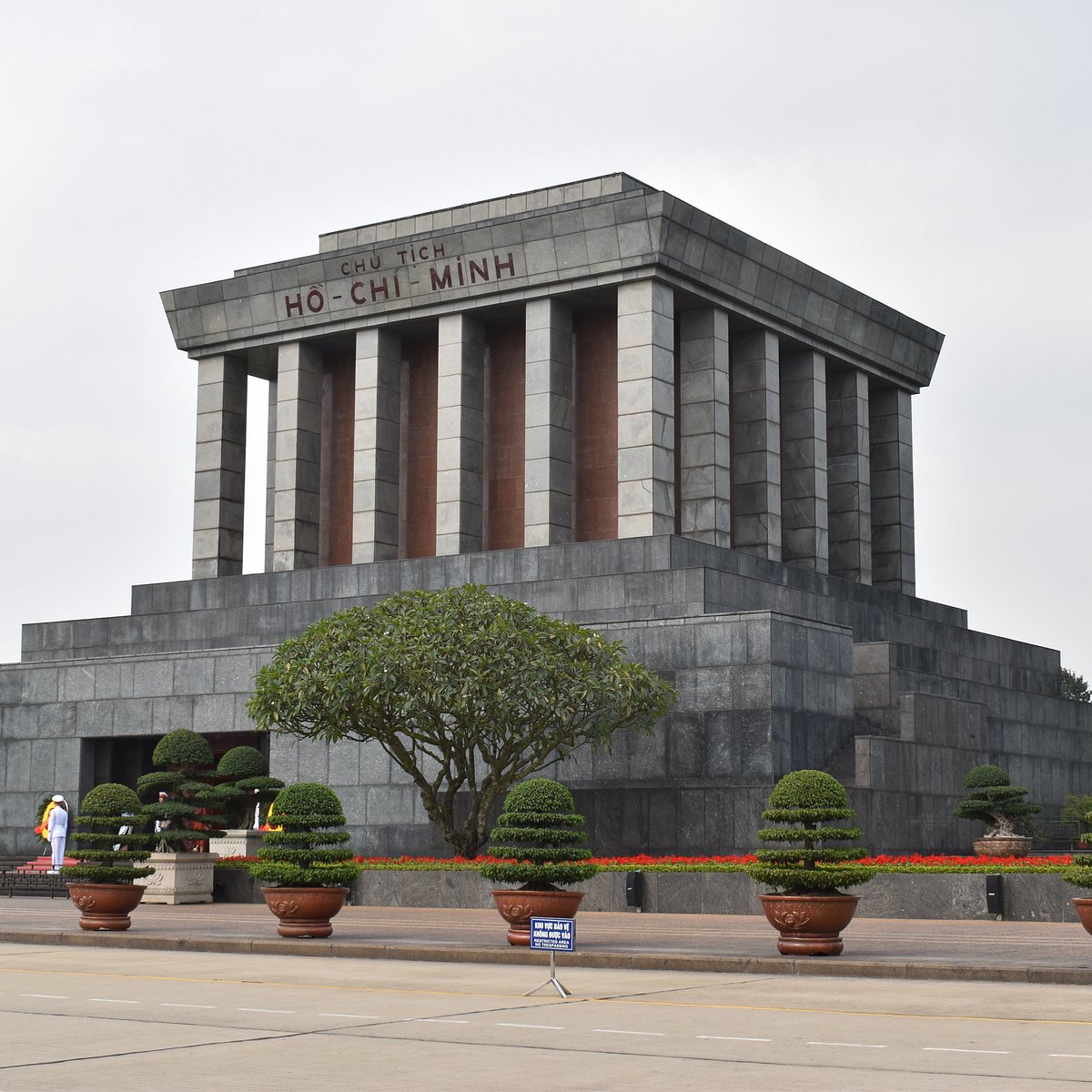 photosource: Tripadvisor
photosource: Tripadvisor
The mausoleum’s architecture is both grand and austere, designed in the style of Soviet-era monuments. Its massive, gray granite structure exudes a sense of solemnity and reverence. Visitors approach the mausoleum along a broad, tree-lined plaza, which adds to the sense of formality and significance.
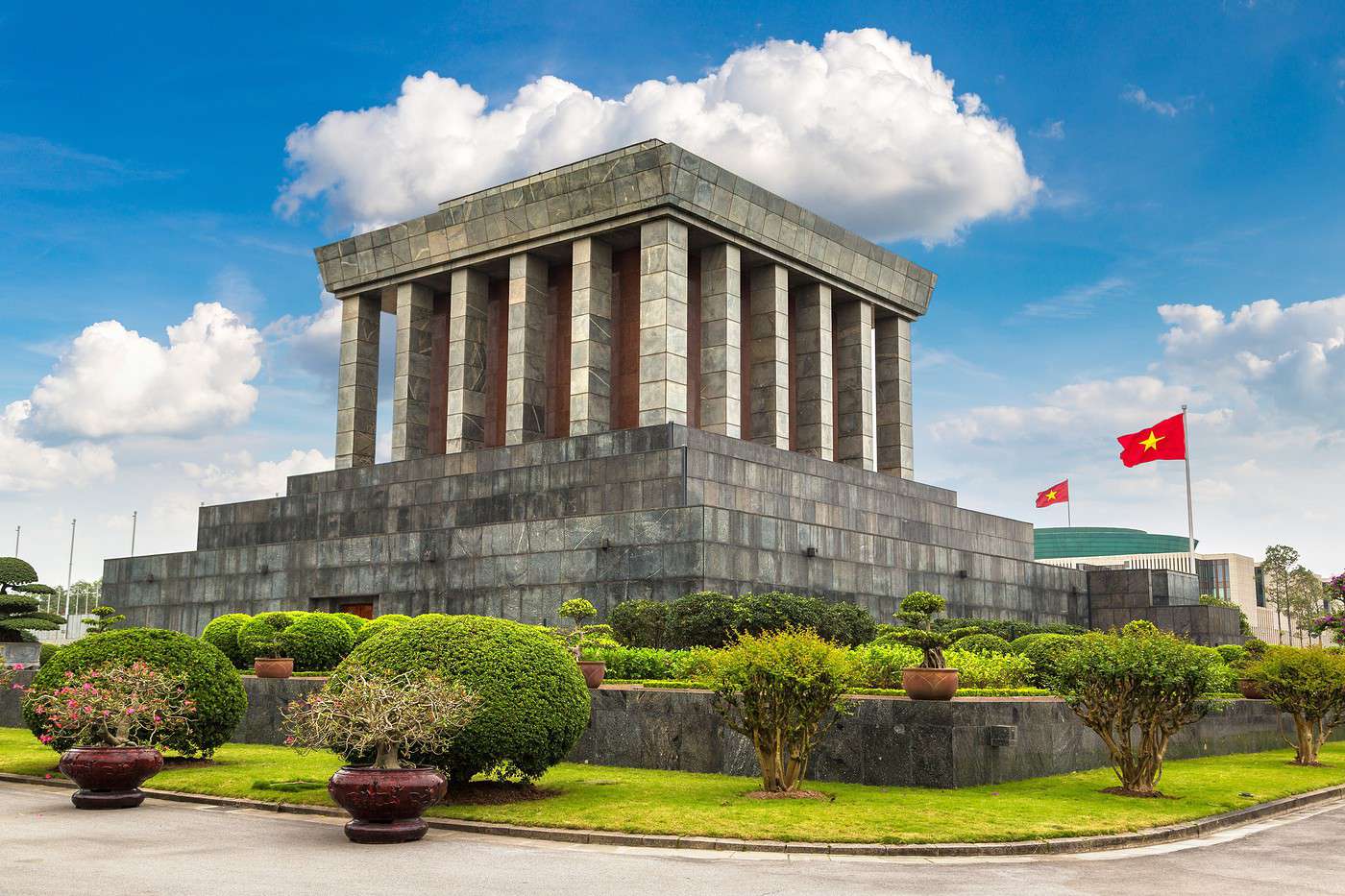 photosource: Vinpearl
photosource: Vinpearl
Inside the mausoleum, Ho Chi Minh’s embalmed body is displayed in a glass sarcophagus, allowing visitors to pay their respects. The mausoleum is meticulously maintained, and the body is preserved with great care. The experience is conducted with strict protocols, including a dress code and a respectful silence, reflecting the deep reverence with which Ho Chi Minh is held by the Vietnamese people.
The mausoleum is surrounded by an expansive complex that includes the Ho Chi Minh Museum, which provides comprehensive exhibits about his life, revolutionary activities, and lasting legacy. Nearby, the Ho Chi Minh Presidential Palace and his former residence are also open to visitors, offering additional insights into his life and the era in which he led.
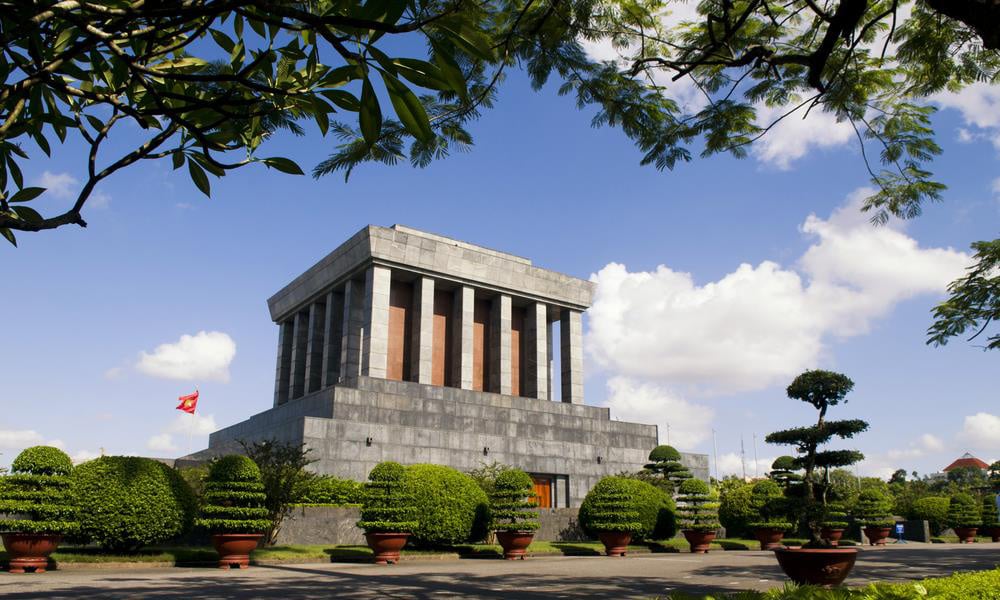 photosource: VinWonders
photosource: VinWonders
Visitors should be prepared for the often long queues, particularly during peak tourist seasons or national holidays. Additionally, while the mausoleum is a place of respect, it is also a popular tourist attraction, which means that it can be quite busy. It is advisable to check the opening hours in advance, as the mausoleum is closed for maintenance and during certain periods of the year.
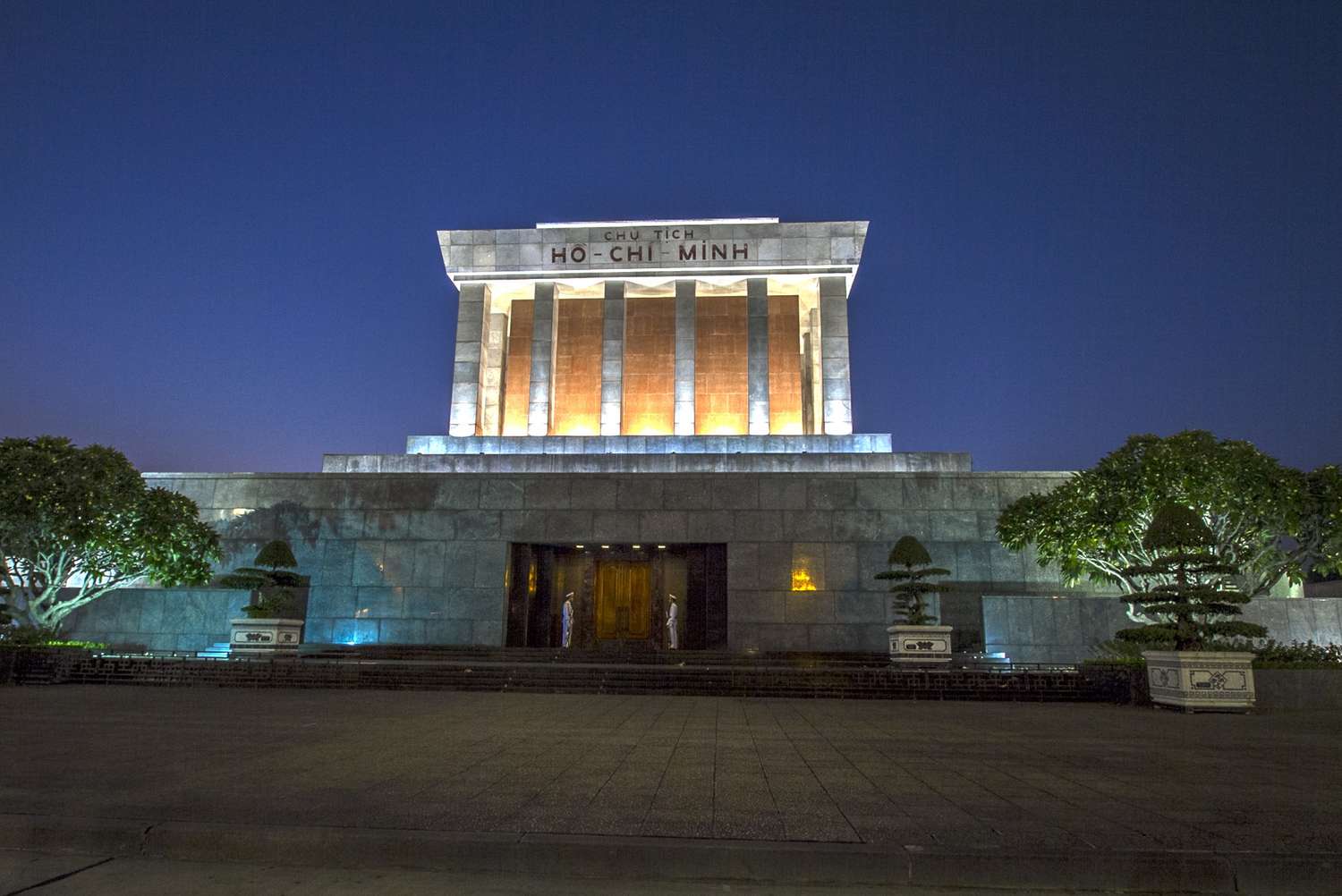 photosource: TripSavvy
photosource: TripSavvy
In summary, Ho Chi Minh’s Mausoleum is a significant and moving site that provides a deep connection to Vietnam’s history and its revered leader. The mausoleum’s solemnity and the surrounding historical context offer a profound experience for those interested in understanding Vietnam’s national identity and the enduring legacy of Ho Chi Minh.


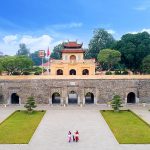



















0 Comments